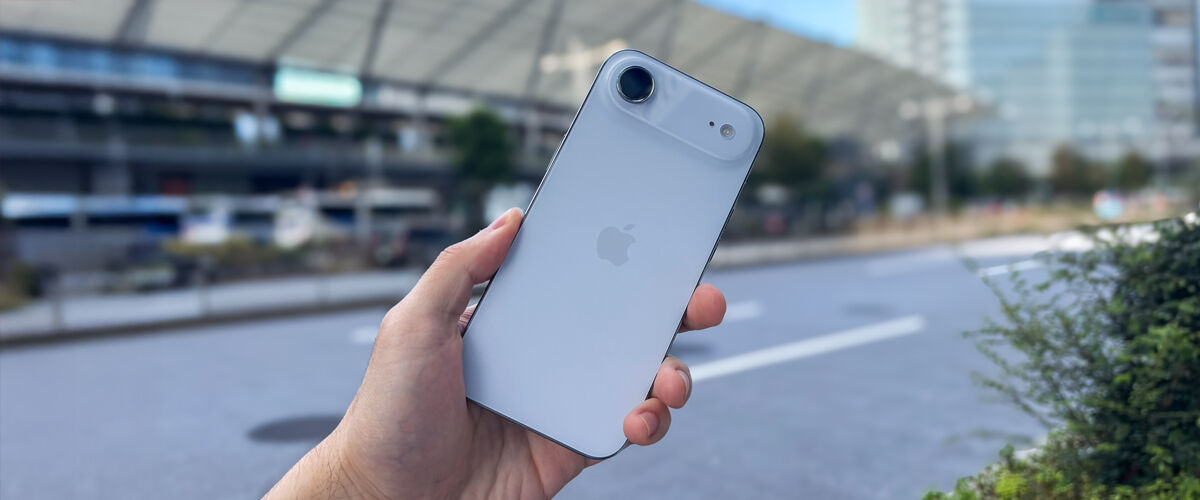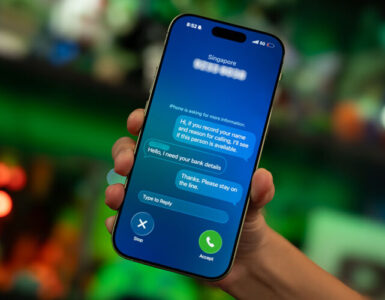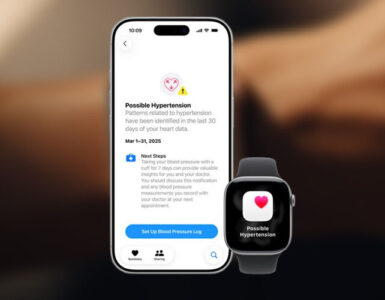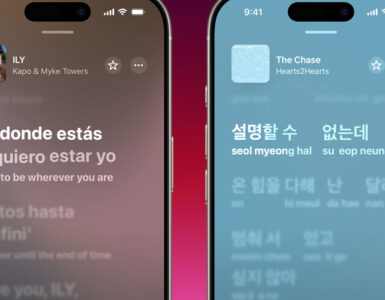Technology has a habit of chasing itself. Clamshell devices were pushed aside in favour of full-screen phones, before foldable screens made a comeback. Ultrathin phones were once bragging rights for companies looking to impress aesthetically-conscious consumers before focus moved towards packing in more hardware. So it was inevitable that the journey is now making its way back towards form, instead of being all about function.
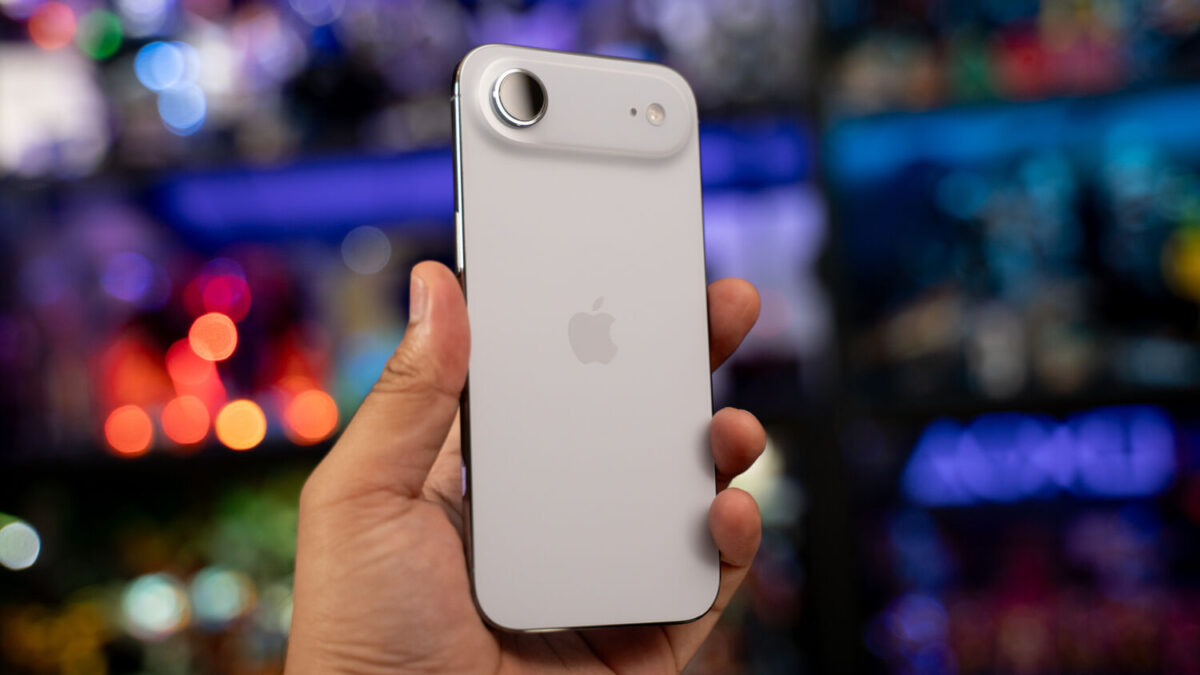
And in releasing the ultra-slim iPhone Air as part of its newest line-up of iPhone 17 family of flagship devices, it has also, for the first time, broadened its long-standing use of the Air label to its iPhone line, creating a broader class distinction between the base model alongside the more powerful Pro and Pro Max variations.
Measuring 156.2mm by 74.7mm, the 6.5-inch device isn’t small due to its large display, but at a mere 5.64mm, it’s ridiculously thin, presenting users with a new dimension to consider as portability becomes an even more enticing factor driving the purchasing decisions of today’s consumers.
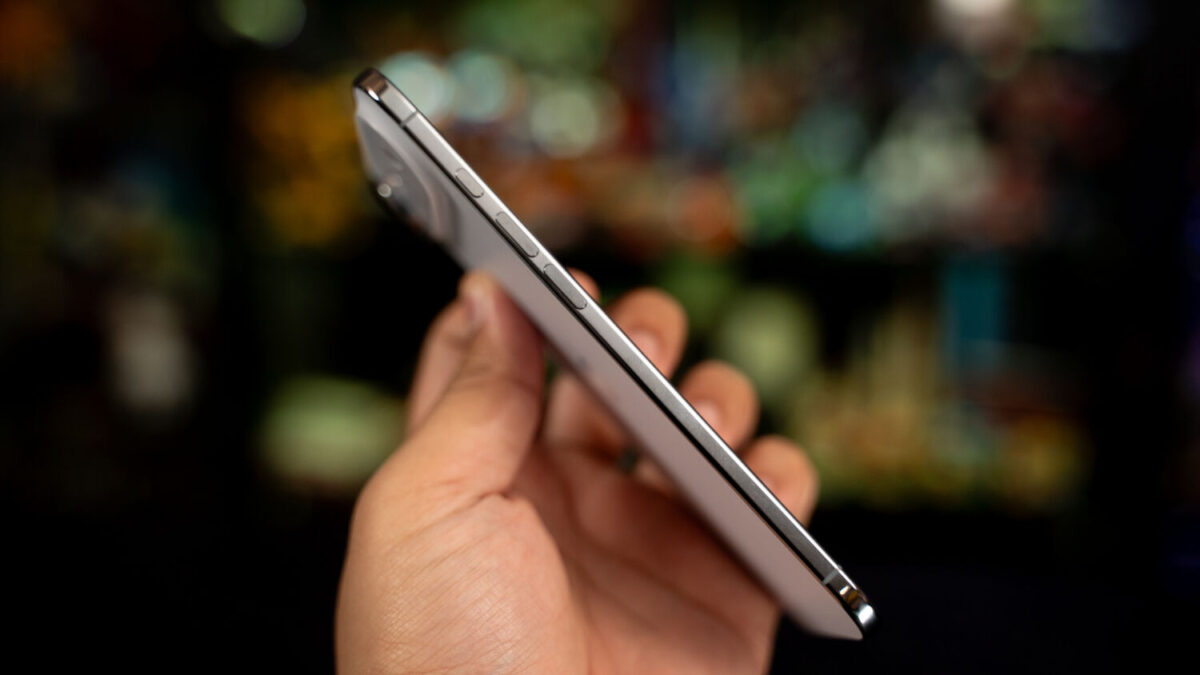
Adopting the same redesign as its iPhone 17 brethren, the Air features an elongated rear camera module that stretches across the length of its back, albeit with a single lens setup compared to the 17 Pro Max’s tri-lens design. Elsewhere, all its other button placements remain as they were before, including the Action and Volume buttons on the left edge, alongside the Power and Camera controls on the right side.
Perhaps the biggest change comes from the device’s lack of a SIM tray, something the iPhone Air has ditched in favour of a purely eSIM design, in a move no doubt to make the device as slim as possible. This limitation would likely be the biggest hurdle for potential users to overcome, especially those who prefer the flexibility and better overall compatibility of physical SIMs, at least until eSIMs become the norm.
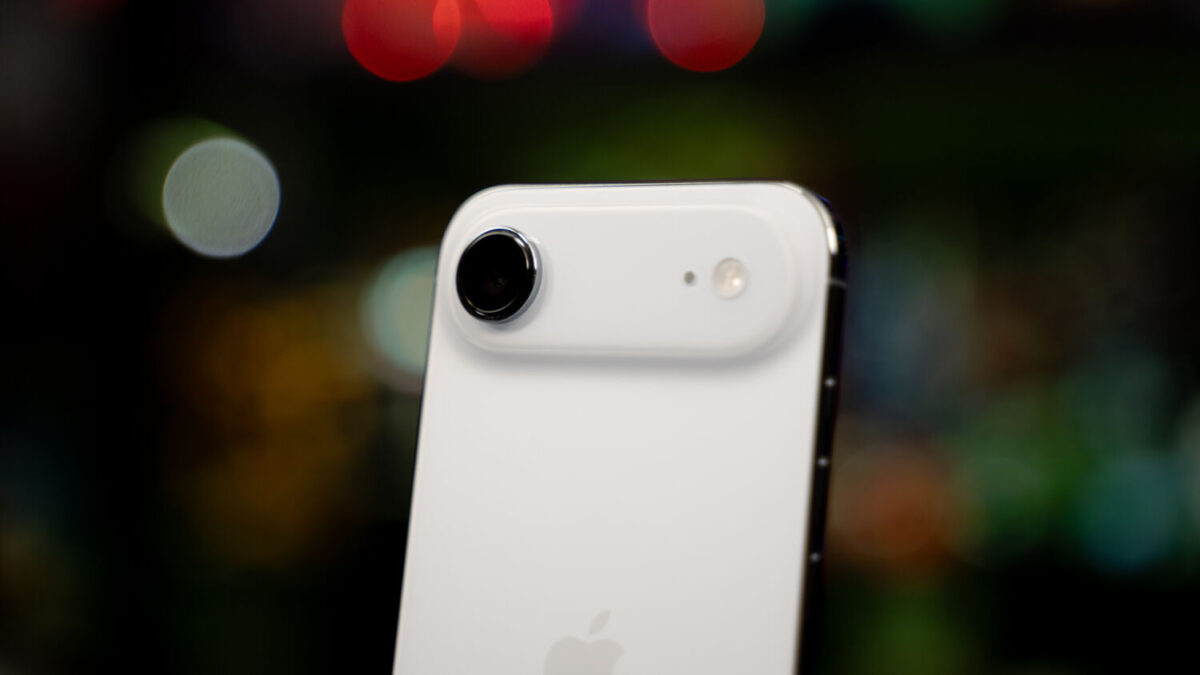
True to its “Air” suffix, the device sets a new standard for lightness among the entire iPhone line-up to date, weighing in at a mere 165g, with the feat made possible by its extreme slimness, though there is a caveat – the camera bump, or plateau, still juts out at 9.55mm. In comparison, the base iPhone 17 clocks in 10g heavier at 177g, with a thickness of 8mm.
The lightness of the iPhone Air shines in the hand, so much so that it almost feels like a prototype device that’s still missing its components. That’s not to say that the phone isn’t hardy, as it’s decked out in a solid titanium frame that prevents any flex despite its thinness. And yes, we used both hands to try and bend the device and it’s sturdy, such that it won’t flex, much less fold under pressure.
In terms of hardware, the device packs in the same upgraded A19 Pro chip as the 17 Pro line-up, delivering the same system-wide performance improvements over its predecessor. Its screen is also slightly larger than the base iPhone 17 and 17 Pro, with a 1,260 x 2,736 resolution LTPO Super Retina XDR OLED display capable of outputting a smooth 120Hz refresh rate at a peak brightness of 3,000 nits.
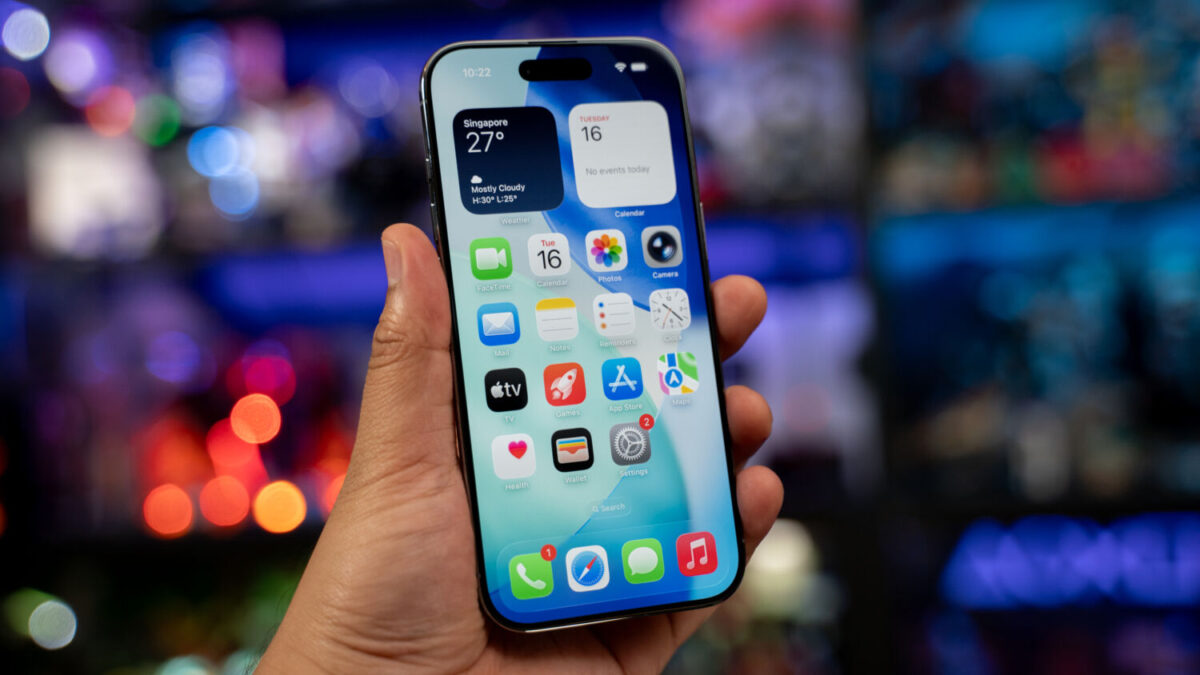
Apple devices have always been known for their colour accuracy, and it’s no different with the iPhone Air. Be it browsing the web or watching shows on the go, the device offers an impressive viewing experience with natural contrast and saturation alongside not just sharp, but smooth images thanks to its 120Hz refresh rate.
Performance-wise, the iPhone Air’s powerful chip means day-to-day usage is a breeze, easily swapping between multiple apps without so much as a hitch. Similarly, high-intensity usage like gaming produced equally impressive results, with consistent framerates across titles like Wuthering Waves, Zenless Zone Zero, and Genshin Impact, as noted by our dedicated gaming test video below.
Opting for an ultra-slim chassis does have its downsides, however, as this means that the device’s thermal management leaves more to be desired. Due to its lack of heat dissipation features like vapour chambers, thermal throttling becomes an issue when gaming, leading to poorer overall performance compared to the 17 Pro and Pro Max, despite all three devices possessing the same chip, so it will run those games, but not at length without heating up.
In the same vein, the iPhone Air’s biggest downside during everyday use is just how fast it heats up, with thermal spikes largely clustered around the device’s camera module, which houses practically all of the phone’s major components apart from its battery. On the flip side, since the device is so thin, heat also dissipates rather quickly, making it a double-edged sword.
A main concern when it comes to ultra-slim phones has always been battery life, and sure enough, the iPhone Air possesses the smallest capacity of Apple’s newest line-up at 3149 mAh (in comparison, the base iPhone 17 features a 3692 mAh cell). To make up for its smaller cell size, the device’s new proprietary C1X modem is built to make it as power-efficient as possible, with the company touting that it can last up to 27 hours of video playback. As with any marketing claims, these normally come with caveats and performance limits, though in practice, the iPhone Air’s battery is more than sufficient to last an entire day of standard use on a full charge.
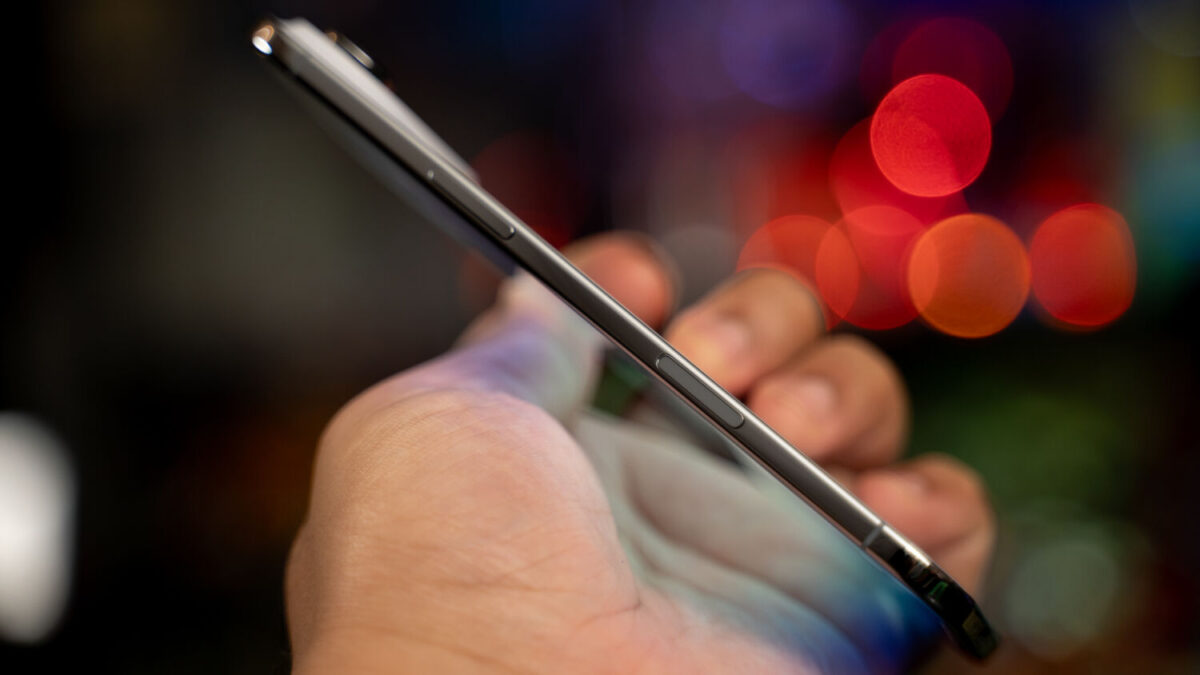
Battery size isn’t the only cutback that had to be made to achieve the iPhone Air’s slim profile, as its camera capabilities have also taken a hit. In place of the dual-lens setup seen on the iPhone 17, the Air only features a lone 48MP shooter on its rear, although it does have hybrid 48MP and 24MP options to choose from, alongside a 26mm, ƒ/1.6 aperture and sensor-shift optical image stabilisation. Its 18MP selfie camera, on the other hand, remains identical to that of its peers.
In practice, the iPhone Air’s camera capabilities are best suited for the casual shooter. Its single lens setup delivers adequate shots in good lighting conditions, but lacks the flexibility options of the other devices, like a telephoto lens for more natural portrait shots or the inability to shoot ultra-wide. Furthermore, the phone relies on digital cropping instead of true optical zoom, resulting in inferior long-distance shots across the board. In layman’s terms, it means if you’re not obsessed with more cameras that you won’t normally use, the single setup is still great for everyday use.
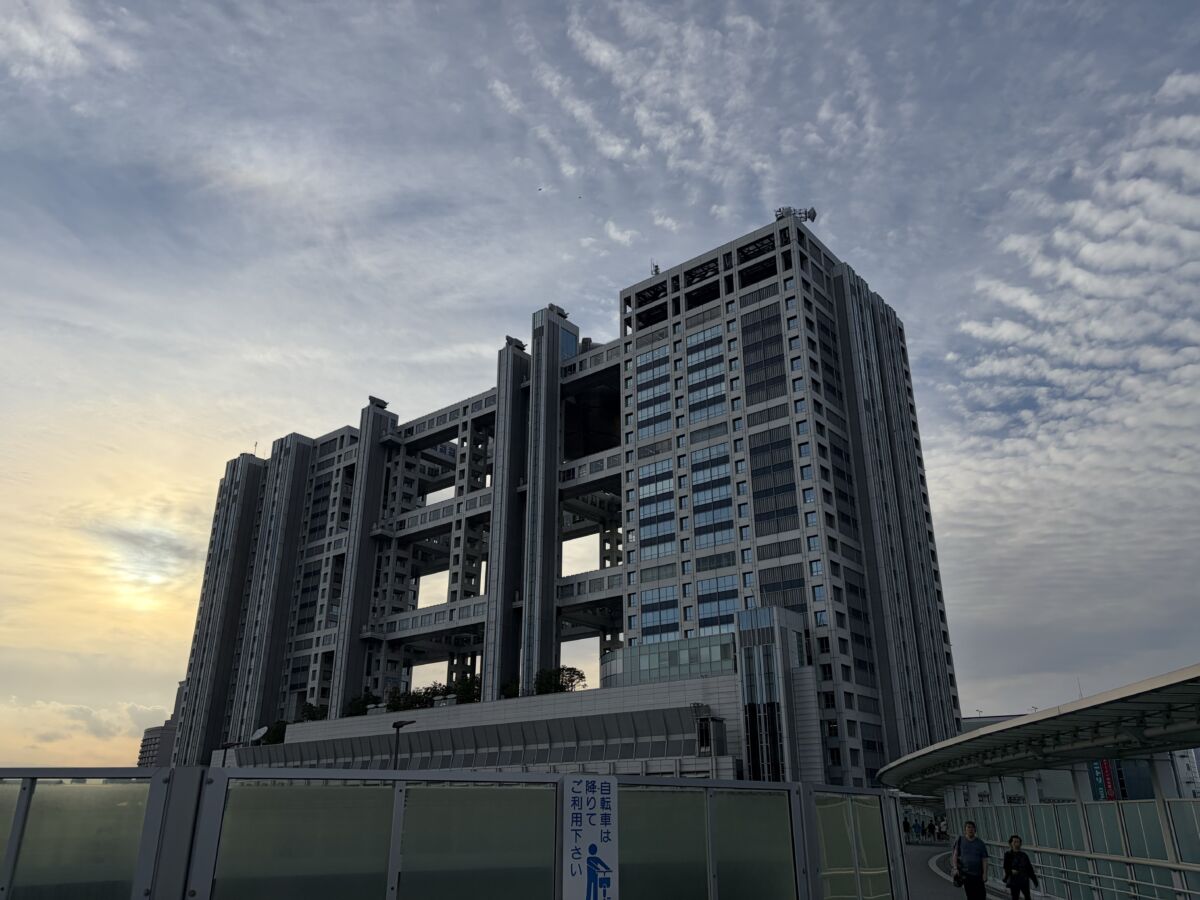


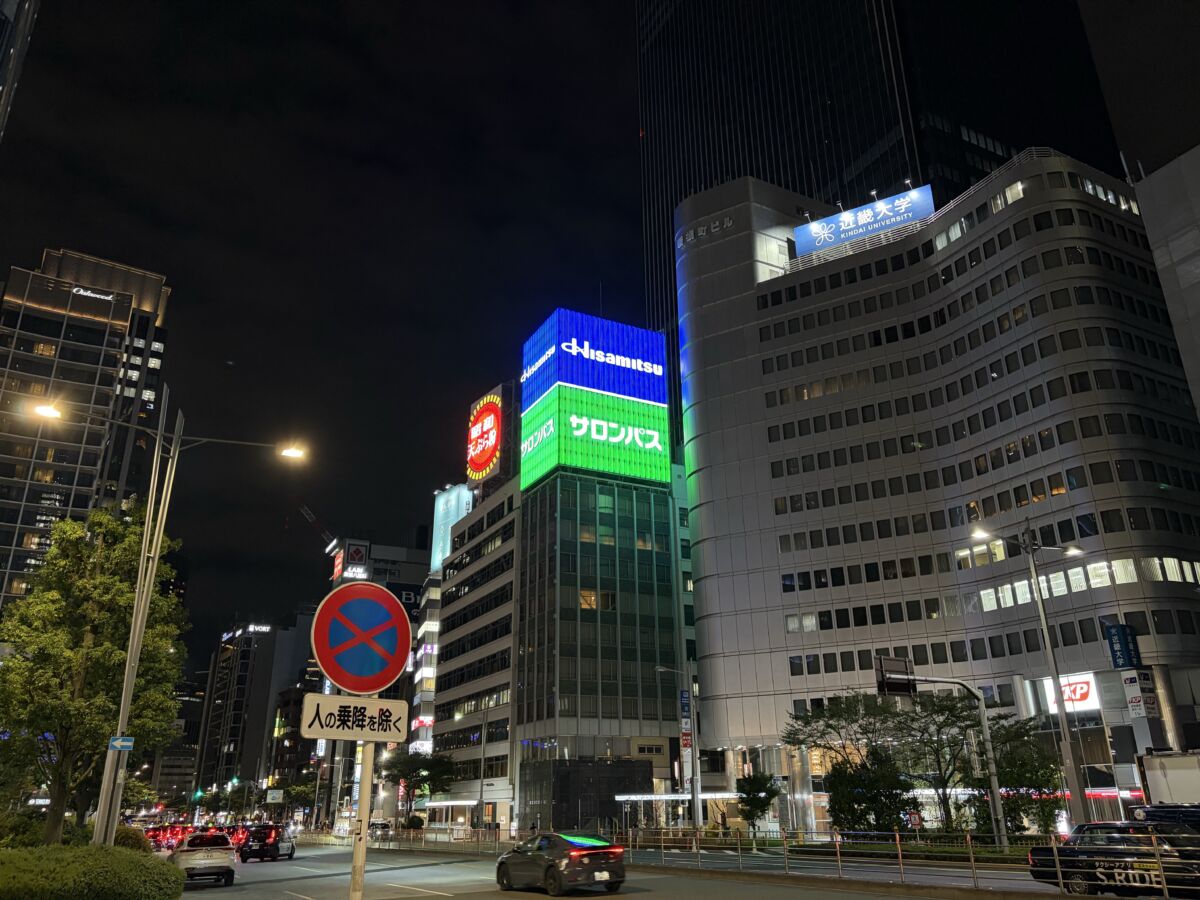








For those fixated on selfies, its front camera is identical across all four 2025 devices. This means all the bells and whistles seen on the iPhone 17 Pro Max are here too, such as Centre Stage, which automatically fits everyone in a group inside shots, or making sure a subject is in frame during video calls, Dual Capture mode, which records videos using both the front and back cameras simultaneously, and Ultra-stabilised video, which smoothens out shots and is well-suited for vloggers.
Rounding off the iPhone Air’s newest features is Apple’s improved suite of connectivity options, thanks to its N1 wireless chip, including finally bringing Wi-Fi 7 into the mix, alongside Bluetooth 6 and Thread support. Of course, it’s not just about what’s new, as the device also continues to integrate existing Apple Intelligence features like Clean Up, Live Translations and Writing Tools, along with its new Liquid Glass iOS 26 design.
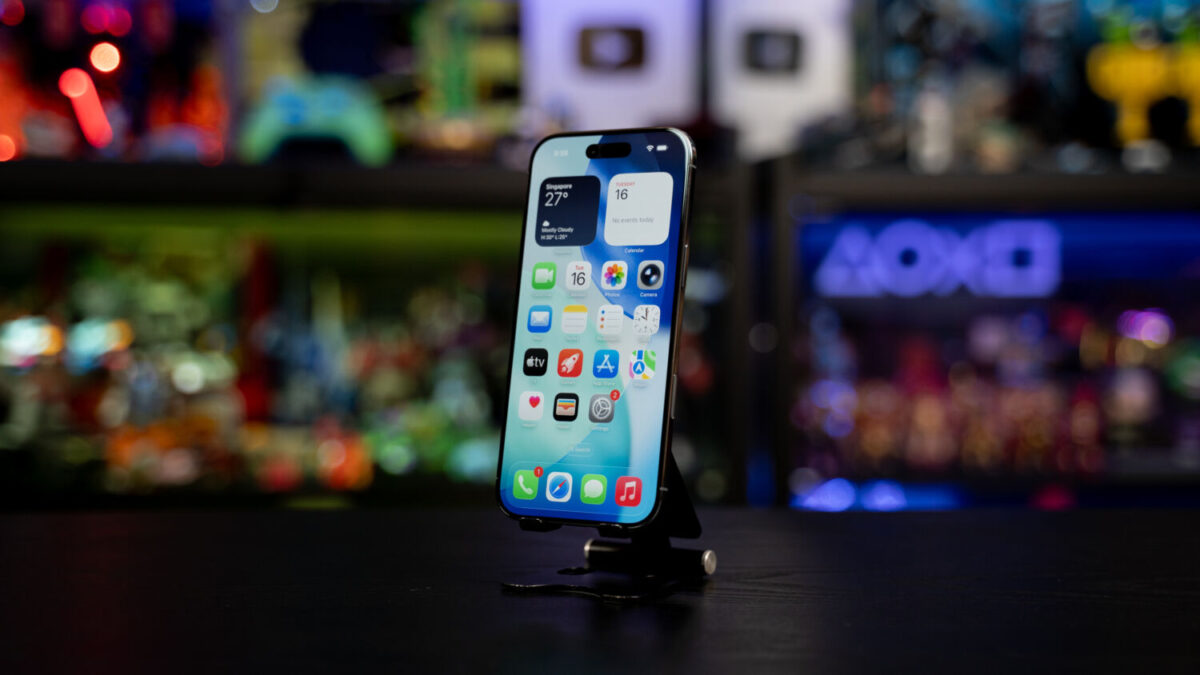
At a rather steep asking price of S$1,599, especially considering its mostly reduced hardware capabilities compared to the other premium offerings in Apple’s line-up, the question lies in who exactly the iPhone Air is for. To that end, unless you are dead set on having the slimmest and lightest iPhone ever made – which is quite an impressive achievement, to be fair – you might be better off spending that extra S$150 for the iPhone 17 Pro. But that’s our preference for hardware talking, because there are large groups of users out there who will pick form over everything else, and the iPhone Air is made for them.
GEEK REVIEW SCORE
Summary
For those who value sleekness and portability, the iPhone Air represents Apple’s most ambitious pursuit of compactness yet. Its ultra-thin design is crafted for those who prioritise lightness and elegance above all else, while those who don’t value a minimalist profile might find greater satisfaction in Apple’s other robust models.
Overall
7.9/10-
Aesthetics - 8.5/10
8.5/10
-
Build Quality - 9/10
9/10
-
Performance - 7.5/10
7.5/10
-
Value - 7/10
7/10
-
Geek Satisfaction - 7.5/10
7.5/10

